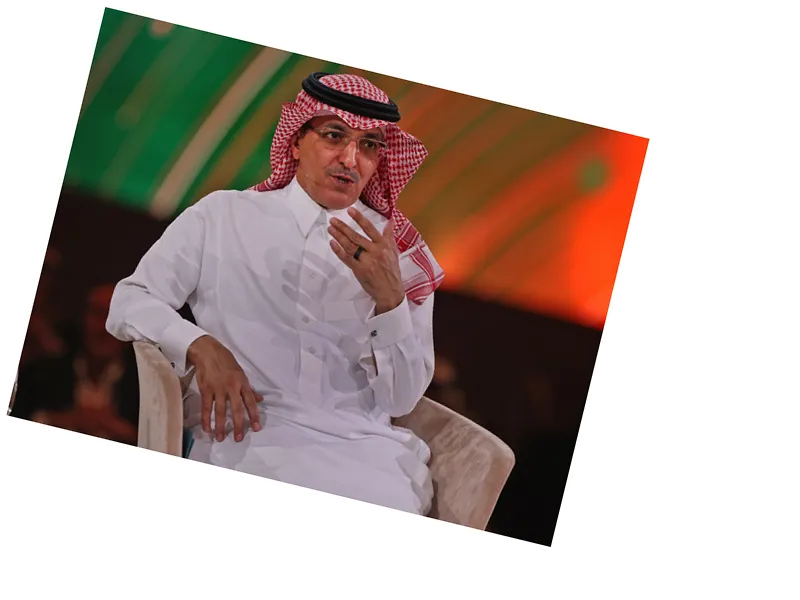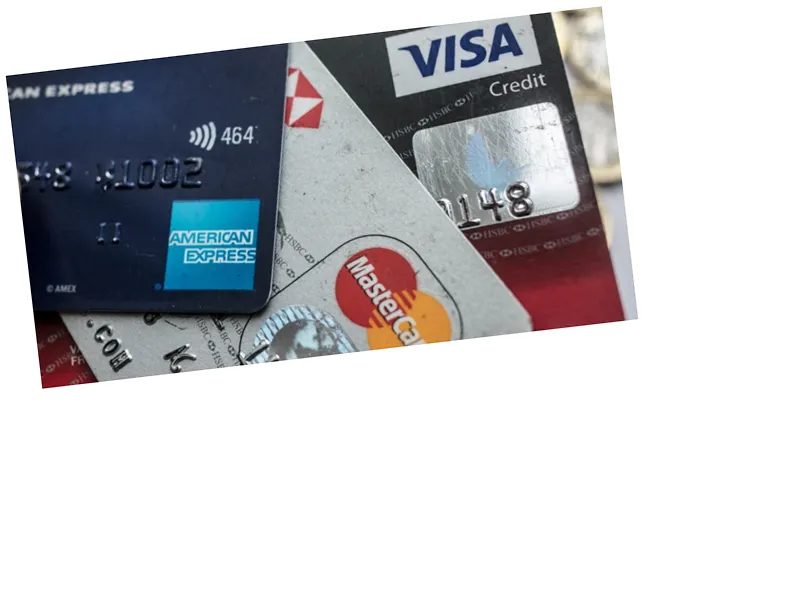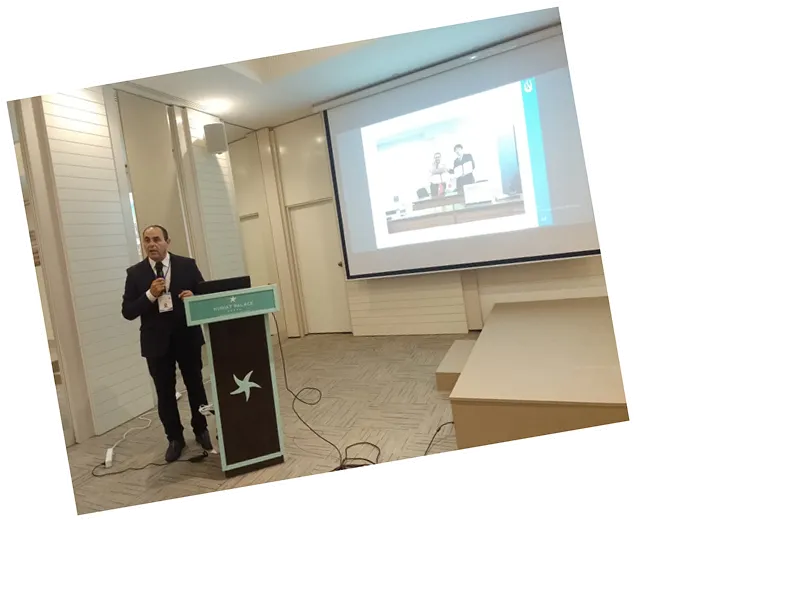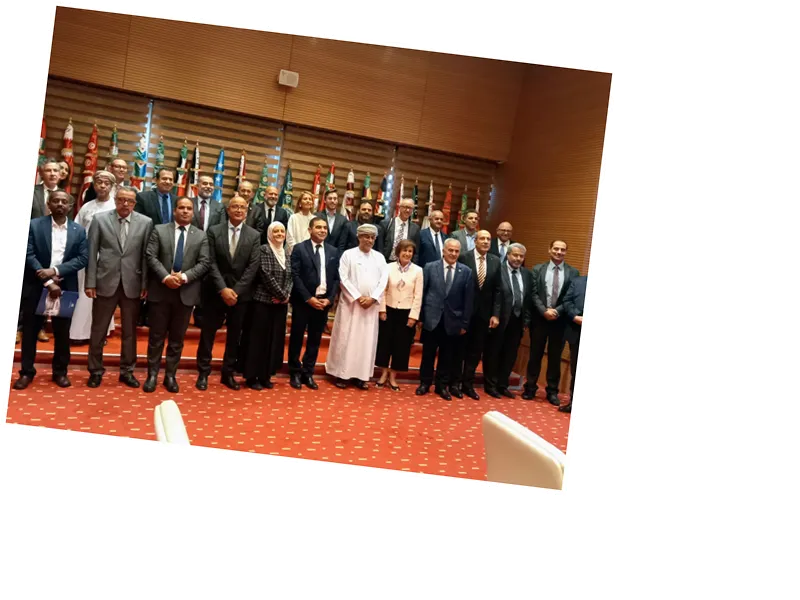Overview of Fintech Growth in the Arab Region
The fintech sector in the Middle East and North Africa (MENA) is experiencing remarkable growth, with revenues projected to reach $188 billion globally by 2024. The MENA fintech market size was valued at approximately $1.36 billion in 2023 and is expected to grow to $1.51 billion in 2024, with a compound annual growth rate (CAGR) of 9.71% anticipated through 2029. This growth is fueled by a significant increase in fintech funding, which surged by 650% between 2020 and 2023, despite global economic challenges.
Key Fintech Applications in the Arab Region
The Arab region has seen the emergence of several prominent fintech applications that cater to various financial needs. Here are seven notable companies: 1. Fawry (Egypt): A leading digital payment platform with 52 million users and over 372,000 points of sale. It processed transactions worth over $50 billion in 2023. 2. Madfoo3atcom/eFAWATEERcom (Jordan): Offers online bill viewing and payment services, linked to all banks in Jordan. 3. MNT-Halan (Egypt): Provides digital banking and e-payment solutions, including micro-lending and e-commerce services, and became a unicorn in 2023. 4. Tabby (Saudi Arabia): Allows customers to split payments into installments, partnering with global brands and valued at over $1.5 billion. 5. Qatar FinTech Hub: Supports over 100 fintech startups and has invested significantly in nurturing innovation in Qatar. 6. Tamara (Saudi Arabia): Similar to Tabby, it enables customers to split payments into installments in accordance with Islamic law. 7. MyFatoorah (Kuwait): A digital payments platform simplifying invoicing and payments across multiple countries.
Youth and Technology Drive Fintech Adoption
The Arab region boasts a young, tech-savvy population, with mobile phone subscriptions exceeding 1.8 billion. This demographic is increasingly comfortable with mobile financial transactions, creating a robust environment for fintech adoption. The fintech sector accounted for 24% of total venture investment in the MENA region in the first half of 2024, underscoring its significance in the regional economy.





